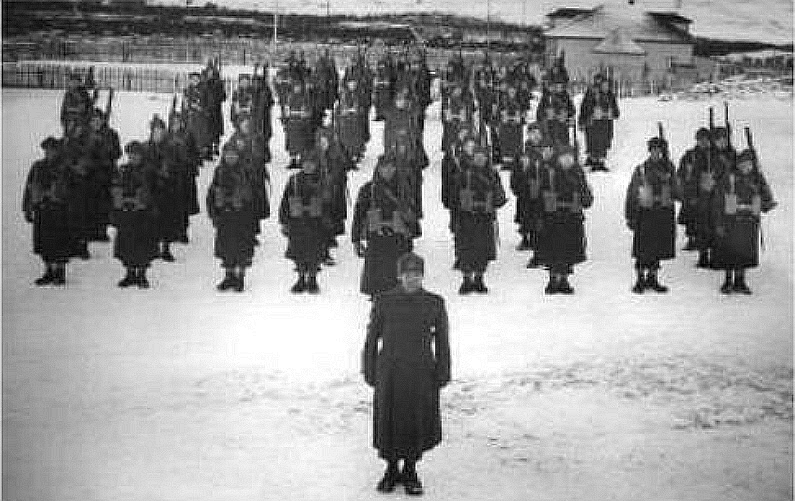| |
In the early 1800's Hong Kong, a name meaning Fragrant Harbour,
was a tiny fishing village with an excellent seaport. England
made Hong Kong its gateway to the treasures of Asia. It quickly
became a thriving center of trade and commerce and England's
source of tea, luxurious silks, porcelain, and fine bone china.
It also became a bone of contention between the Chinese and the
English.
The English discovered that paying for china from China with
cheap opium from India was much more profitable than paying for
it with silver, which was the form of payment the Chinese
Government wanted. But, the English traders did business
directly with the Chinese merchants and paid for the goods with
what the merchants wanted ... opium. The merchants sold the
opium to the people and became rich. The Chinese people became
opium addicts.
So many Chinese became addicted that the economy of China
suffered from lack of hard currency and an over abundance of
opium addicts. The Chinese Government banned the drug, destroyed
huge quantities of it, and sunk a British ship carrying a large
cargo of opium into Hong Kong. The British considered this
unfair business practices, and war like. In 1842 England and
China fought the first of two wars called, appropriately, "The
Opium Wars, One and Two."
England was victorious in 1842 and China ceded Hong Kong Island
to the English that year with the signing of the Treaty of
Nanking. More battles were fought over the years, with the
second major conflict, Opium War number Two, being fought in
1860. The Brits were again victorious. This time China ceded
Kowloon and other lands called "The New Territories" to Britain.
In 1898 England, tired of bickering, negotiated a lease with
China, and Hong Kong became theirs to run for 99 years. This
agreement put an end to the squabbling and Hong Kong continued
to grow into a center of world trade that profited both the
Chinese and the British into the next century. It also became a
territory coveted by the Japanese who set out to capture the
Colony in December of 1941, having conquered a lot of China in
the previous several years.
On December 8th, 1941, (December 7th, in Canada), Japan launched
an all out assault against The New Territories, Kowloon, and the
island of Hong Kong. They used 60,000 battle-hardened troops who
had been fighting a murderous war against China since 1932. In
that clash the 14,000 untried troops they attacked put up a
fierce resistance, but in the end, after 18 bloody days,
Japanese troops captured Hong Kong, and its defending troops on
Christmas Day. Among them were "D" Company of the Royal Rifles
of Canada, and my Dad
"D" Company, The Royal Rifles of Canada
This is, in part, the
story of "D" Company of the Royal Rifles of Canada. It is
about one hundred and sixty men who fought a battle more
than half a century ago that hardly anyone remembers any
more, and don't much care about either.
It is a story about Canadians put in harm's way by men of
ambition, by politicians for political and economic reasons,
and by military leaders who knew that if a battle were to
ensue it could not be won, but wanted in on the action
anyway. I
have chosen to focus my story on the Royal Rifles of Canada
and the Winnipeg Grenadiers. To attempt to tell the whole
story of all the allied troops who fought the battle of Hong
Kong would do none of them justice, and historical justice
they deserve. Hong Kong is an almost forgotten chapter in
Canadian Military history, and the men and women who fought,
were wounded, died, or survived to spend years in captivity.
It is a brutal story that words cannot precisely describe.

"D" Company, Royal Rifles of
Canada, Gander, Newfoundland, 1941 |

